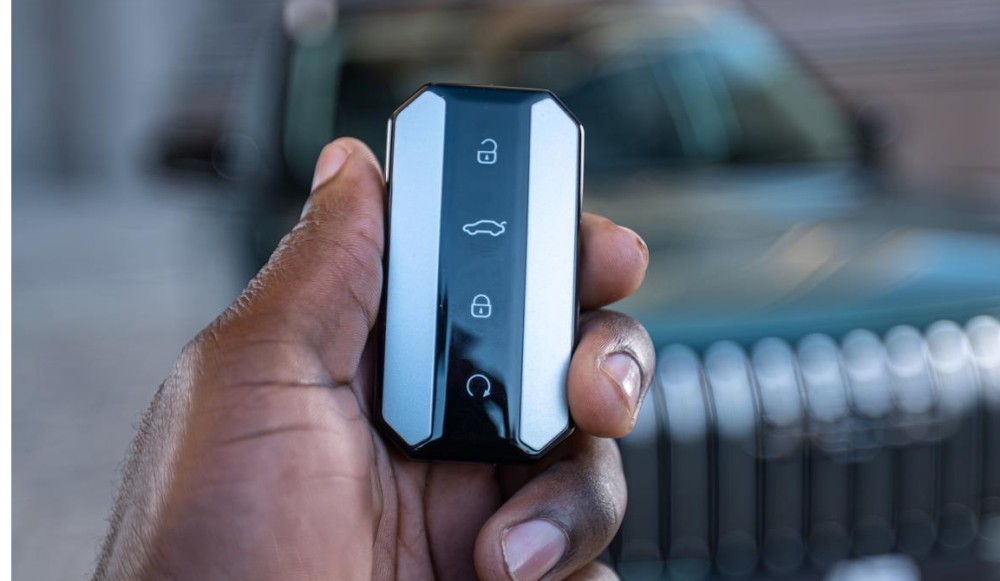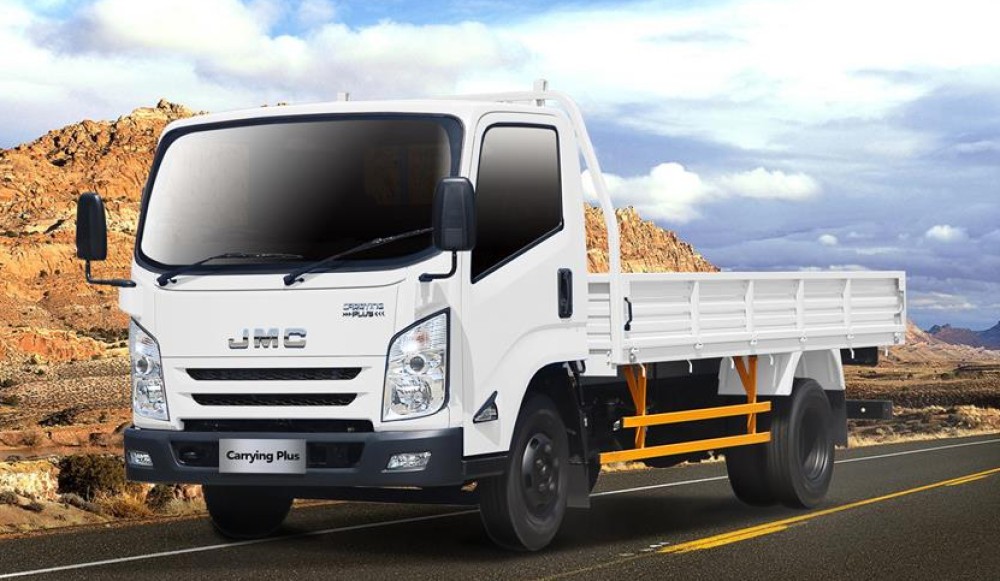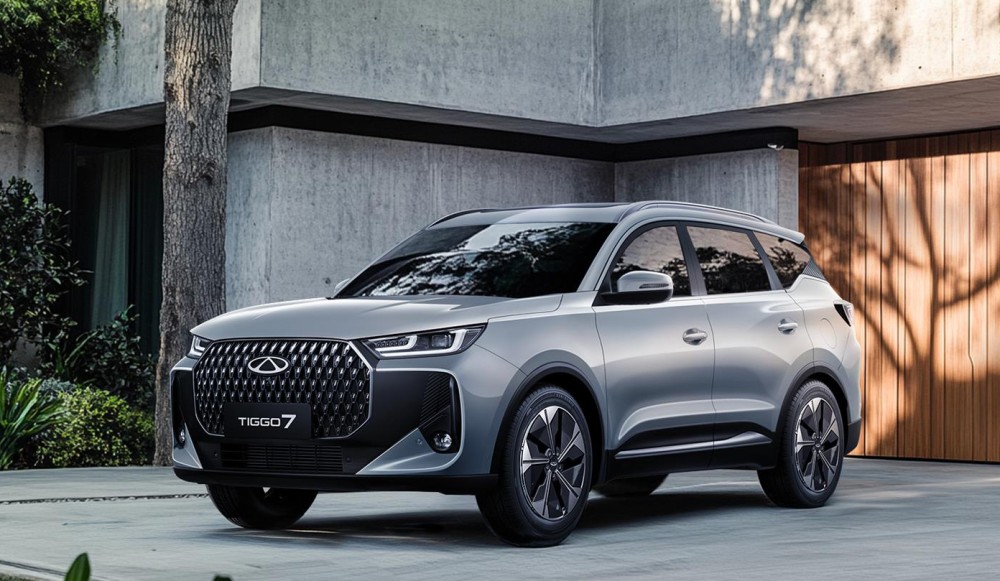Small AMGs take over Sandton streets
Street racing should never be condoned, unless one reserves a large chunk of the richest square mile in Africa just for this purpose. That is exactly what Mercedes-Benz did in Sandton recently, ostensibly to introduce their updated A-Class range to local soil, but mainly to have some fun in their junior AMG models around a short but technical road course.
We’ll get back to the AMG cars in a few paragraphs, but first some words about the facelift applied to the normal A-Class variants as well as the sporty ones. This is primarily a cosmetic update, which entails new all-LED light clusters at both ends, along with slightly redesigned grilles and bumpers to refresh its exterior appearance. The difference inside is more obvious, with an updated MBUX user interface hiding behind the two colour display screens, along with a redesigned steering wheel which now houses touch-sensitive controls.
The virtue of those touch controls are debatable, however. Due to their placement, it’s easy to inadvertently brush against them, possibly evoking something terrible like calling one’s mother-in-law or changing the audio output by accident, yet it doesn’t appear sensitive enough when one actually wants it to respond. The pre-facelift A-Class had physical buttons instead, and it could reasonably be argued that this touch point really should have been left as it was.
The updated mainstream A-Class range offers a choice between two power units, giving either petrol or diesel flavours. The 1.33-litre turbo petrol engine (120 kW/270 Nm) in the A 200 is mated to a seven-speed dual-clutch automatic transmission (DCT), while the 2.0-litre diesel in the A 200 d (110 kW/320 Nm) has eight ratios in its DCT. Both send their power to the front wheels. The A 200 can be had as either a sedan or hatchback, but A 200 d is only available as a sedan.
With the changes to the lower-trim A-Class models being so minor, it becomes obvious why Mercedes placed much greater emphasis on the AMG derivatives at the Sandton road course event, and showcased their multi-storey flagship dealership at the same time. In front of this glass-and-concrete marvel, the folks from Mercedes-AMG Driving Experience set out a pit lane, and along the shortish city blocks that made up the course, chicanes were placed to showcase the A-Class AMG models’ agility.
As before, the baby AMG can be had as an entry-level A 35 in either sedan or hatchback form, or as the fire-breathing A45 S hatchback. Entry-level is subjective here, of course, as the A 35 sends its 225 kW and 400 Nm to all four wheels through a seven-speed DCT to provide a compelling alternative to other premium AWD performance hatch mainstays such as the VW Golf R or BMW M135i xDrive.
But the A 45 S is something else. Its outputs of 310 kW and 500 Nm places it in a class of its own, outstripping its only real rival, the Audi RS 3, by a handy 16 kW - and with only 80% of its rival’s engine capacity. It also features a bespoke AWD system with clutch-based torque vectoring, eight-speed DCT, a reinforced body shell, and 45-specific aluminium suspension control arms and brakes. That’s a lot of technical jargon, but one doesn’t need to understand how it all works to enjoy the result of all that refinement and technology.
Around the closed course Mercedes so thoughtfully provided, the A 45 S proved to be agile and athletic far beyond anything its comparatively humble hatchback origins would suggest. It darts into corners with great eagerness, grips tenaciously through the bends, and catapults down the straights with a mere twist of the right ankle. This is one of very few cars that really comes alive when hurtled around a track, to the extent where it seems a shame that most of them will be confined to the daily grind in real life.
Seeing as the range-topping A-Class can’t really exploit its prodigious acceleration and cornering prowess on non-closed roads, the A 35 may make more sense to most potential buyers, “last number” considerations aside. Not only can it also be had in the pretty sedan body, but its more-forgiving suspension and drivetrain tuning makes it a smoother companion on the daily grind.
Even with its milder manners, the A 35 is still very quick in a straight line and scythes around corners with precision and poise. There’s some fun to be had as well, because the chassis is eager to rotate upon a trailing-throttle turn-in, while its body motions are superbly contained without introducing much harshness to the ride quality. The littlest AMG certainly stands proud among its competitors in these areas.
These sparkling dynamic attributes are unchanged from the pre-facelift A-Class, of course, but the driving experiences allowed under these controlled conditions were a useful reminder of the overall excellence of a car that’s been around for a while now. The current-generation A-Class is almost six years old, but that doesn’t mean that it is at all outdated or outclassed.








